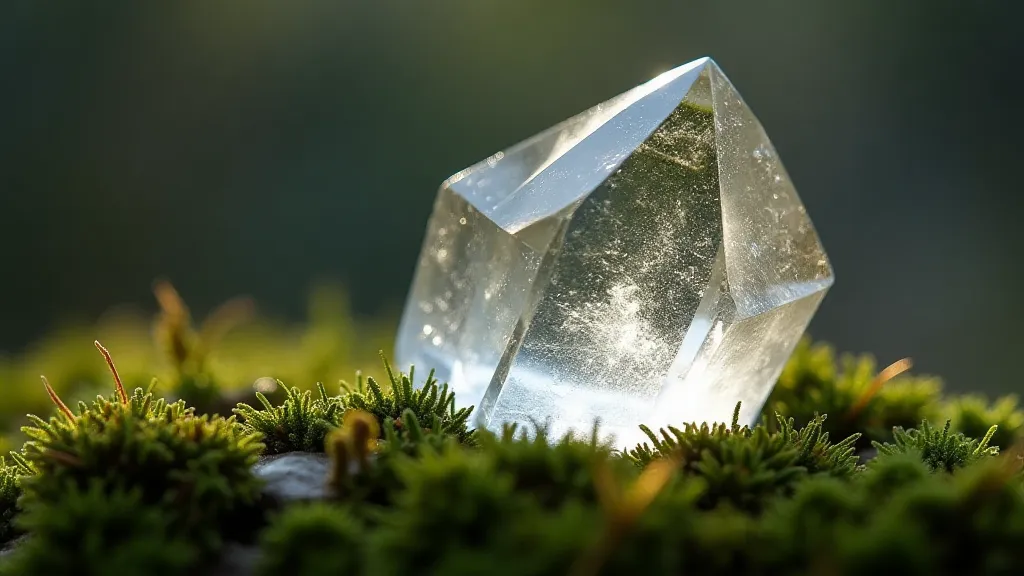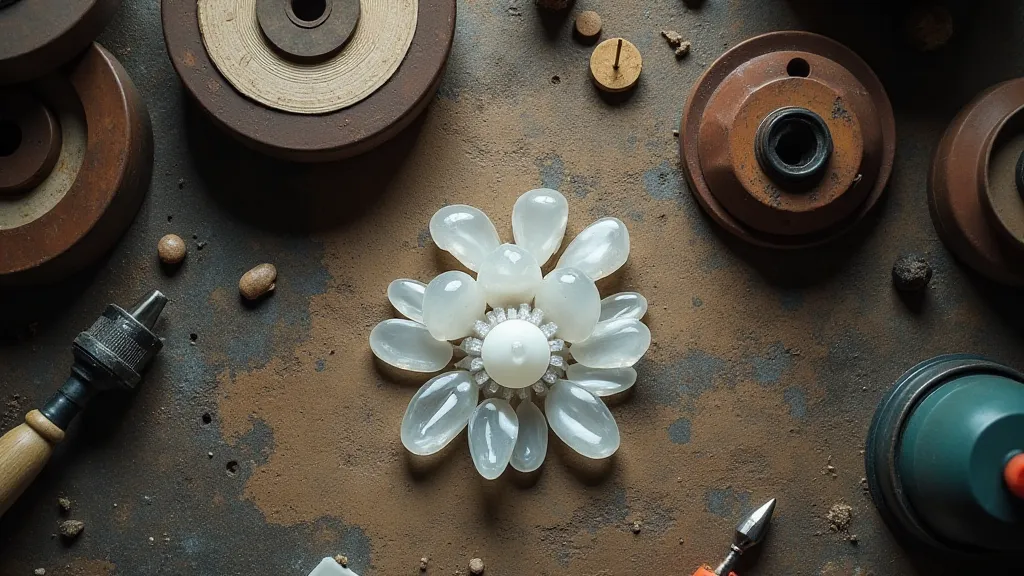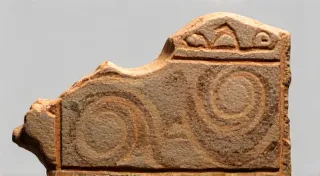Achromatic Resonance: Finding Harmony in the Absence of Color
We're bombarded with color. From the neon glow of cityscapes to the riotous hues of a sunset, our world screams with pigment. We classify beauty in terms of saturation, brightness, and contrast. Yet, there exists a profound and often overlooked beauty in its absence: the subtle, quiet grace of colorless minerals. It's a beauty that, much like a perfectly restored antique accordion, demands closer attention, revealing layers of history, craftsmanship, and an intrinsic elegance that vibrant colors can sometimes obscure.
Think of clear quartz, flawless feldspar, or a perfectly transparent piece of diamond. They don't shout for attention; they invite it. They possess a stillness, a sense of purity that allows the mind to settle and the spirit to find respite. The lack of color isn’t a deficiency; it’s a canvas. It’s a space for light to play, to refract and dance, creating an internal luminescence that is far more captivating than a superficial display.

The Silent Story of Transparency
The allure of achromatic minerals extends beyond mere aesthetics. Consider the historical context. For millennia, miners have prized these stones not for their vibrant colors but for their clarity – their potential for crafting lenses, prisms, and even tools. Ancient Egyptians used clear quartz to magnify tiny inscriptions. Medieval alchemists incorporated transparent crystals into their experiments, believing them to hold a unique power linked to the purity of light. The first telescopes, painstakingly crafted, relied on the clarity of rock crystal lenses, allowing humanity to glimpse the cosmos for the first time.
My own fascination with these minerals began unexpectedly. I was a young boy, more interested in the flash of colored gemstones. My grandfather, a quiet man who spent his evenings meticulously restoring antique accordions, patiently introduced me to a small collection of clear calcite he's found while exploring the creek beds near his farm. He didn't talk much about their color (or lack thereof); instead, he spoke of the stories held within – the geological pressures that shaped them, the journey they undertook to reach the surface, and the patience required to find a piece of exceptional clarity.
He would hold a piece up to the light, turning it slowly, searching for imperfections. He taught me to appreciate the subtleties – the tiny inclusions that told tales of mineral growth, the subtle fractures that hinted at the stone’s history. It wasn't about finding the “perfect” stone, he explained, but about understanding the process, the journey.
Craftsmanship and the Absence of Distraction
The same principle applies to the accordions he restored. The ornate, brightly painted exteriors are undoubtedly beautiful, but it's the inner workings – the intricate mechanics, the carefully voiced reeds – that truly define their value. The absence of excessive ornamentation allows the true essence of the instrument to shine through. Similarly, a colorless mineral, free from distracting hues, allows us to appreciate its inherent structure and the skill involved in its extraction and shaping.
Lapidary techniques used with these minerals require a different level of care. With vividly colored stones, flaws are often less noticeable. But with clear quartz or colorless feldspar, every imperfection is magnified, amplified. The skill of the lapidary lies not only in cutting and polishing, but also in identifying and mitigating these flaws, bringing out the stone’s full potential while preserving its integrity.
Think of a *cabochon* being made from a piece of clear rock crystal. The lapidary must meticulously grind and polish, bringing out the stone's internal reflections and creating a smooth, even surface. Any mistake, any slight unevenness, will be glaringly obvious. It’s a process that demands precision, patience, and a deep understanding of the material.
Finding Harmony in Rockhounding and Beyond
Rockhounding for achromatic minerals offers a unique and rewarding experience. It’s not about chasing the brightest flash, but about honing your observational skills, learning to discern subtle differences, and appreciating the quiet beauty of the earth’s hidden treasures. The joy isn’t solely in the discovery, but in the process itself - the methodical searching, the careful examination, the quiet contemplation.
The principles extend far beyond the lapidary’s wheel and the rockhounding field. Minimalist writing, for example, embraces a similar philosophy – stripping away unnecessary embellishments, focusing on clarity, and allowing the core message to resonate with a quiet power. Just as a colorless mineral reveals its beauty through the absence of distraction, minimalist writing relies on precision and simplicity to convey meaning.
Consider the feeling of looking at a perfectly polished piece of clear glass or a flawlessly clear diamond. It’s a sense of calm, of purity, of understated elegance. It's a testament to the fact that true beauty isn’t always loud and flashy; sometimes, it's found in the silent, understated grace of what is absent.

The Legacy of Quiet Beauty
My grandfather is gone now, but his lessons remain. I find myself drawn to the silent beauty of colorless minerals, not as a rejection of vibrant colors, but as a complementary appreciation. They offer a different perspective, a different kind of resonance. They remind us to look beyond the surface, to find beauty in simplicity, and to appreciate the power of what is absent.
The next time you're examining a piece of quartz, feldspar, or diamond, take a moment to truly *see* it. Let your mind settle. Appreciate the silence, the purity, the understated elegance. You might just find that the most profound beauty isn’t always the loudest.






